Woodpeckers let you know when they’re available for watching
Bangity-bang-bang-bang! When I heard this persistent noise I knew my old friend the yellow-bellied sapsucker was back in town for another season of courtship and to raise a new brood of baby sapsuckers.
He announced his arrival to his territory by first drumming on the metal chimney of my neighbor’s house with his tough-as-nails beak. Then he attacked the stop sign on the corner and finally the rain gutters on our house. This is the fourth year in arrow we’ve been treated to the sapsucker’s spring ritual. It has always ended with a pair bonding and then excavating a new nest hole in the same dead tree-top in our yard.
The story so far has ended happily every year with a brood fledgling and the parents, with their tors in tow, using our suet feeder before they depart for the sunny South. I have noticed two fledglings each year from the little family. I’m not sure if it is the same male and female that mated in year No. 1 or a combination of an original bird pairing with a new mate.
As if their name isn’t silly enough, sapsuckers have a nickname, “tree vampire.” This tag comes from their peculiar habit of drilling neat little rows of holes in trees so they can suck the sap out with their long tongues. This may weaken a tree, but the sapsuckers are rarely numerous enough to do serious damage. It is possible, however, for a tree that is repeatedly attacked by the woodpeckers to become weak enough to snap at the site of the holes.
But before you run outside to shoo them away from your trees, know that the yellowbellies are doing your trees a service. Too. For they also dig out and eat the harmful insects that lie beneath the bark.
Right now is a perfect time to pursue these birds for a good look at their appearance and behavior. Take a walk through a woodlot and look for the telltale rows of holes. Usually the holes will have sap oozing from them and dripping down the trunk of the tree. Cleaver hummingbirds have learned to visit these trees and help themselves to the sap.
Listen for the sapsucker’s “squeek-o” call, which to me sounds like a little rubber ducky, of the bathtub variety.
Another creative drummer that has been pounding out the message that he is available is the Northern flicker. This pretty woodpecker was formerly known as the yellow-shafted flicker because it flashes a brilliant yellow underneath its wings and tail as it flies. It also has a conspicuous white rump patch that identifies the species. A flicker’s food of choice is the ant, and when this bird is not in the tree-tops it can be found on lawns and park grounds drilling for the little critters.
His continuous long, rolling drumbeat can attract several females who may do a polite kind of battle over the single male. His loud ke-ke-ke-ke cal enriches a morning strill through the woods. The mated flickers will work long into the night to finish excavating a nesting hole for themselves. But they must beware of the opportunist lirking nearby. Who else but the crafty starling will wait for the work to be done and then bully the flickers out of their home.
Birders’ Watch is provided by members of the Naturalists’ Club of Broome County. This column was written by Sara Kinch. For information on the Naturalists Club, write P.O. Box 191, Vestal, N.Y. 13850.
Posted in Birders Watch Columns | Comments Off on Woodpeckers let you know when they’re available for watching
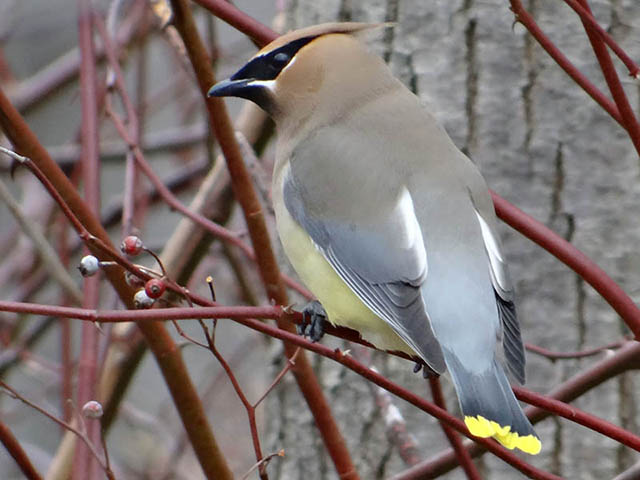
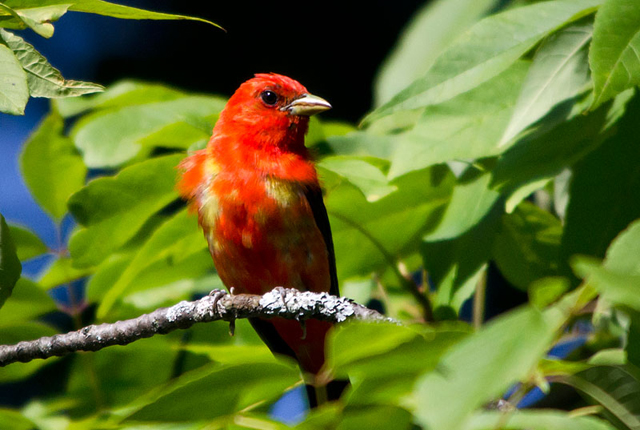
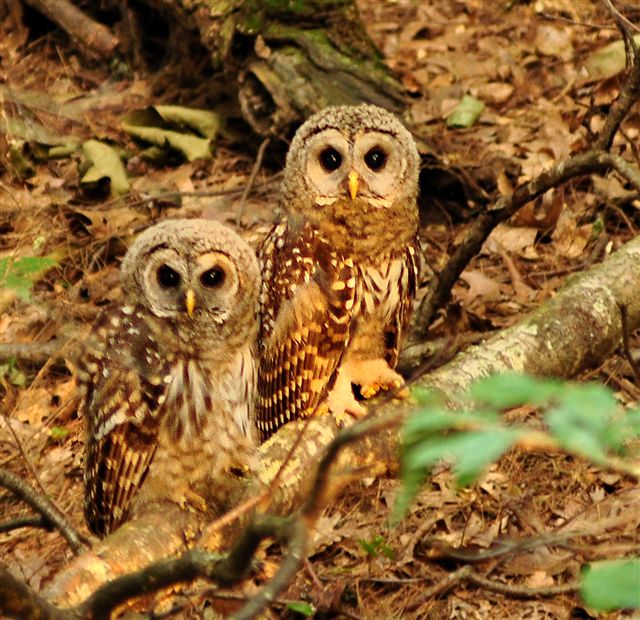
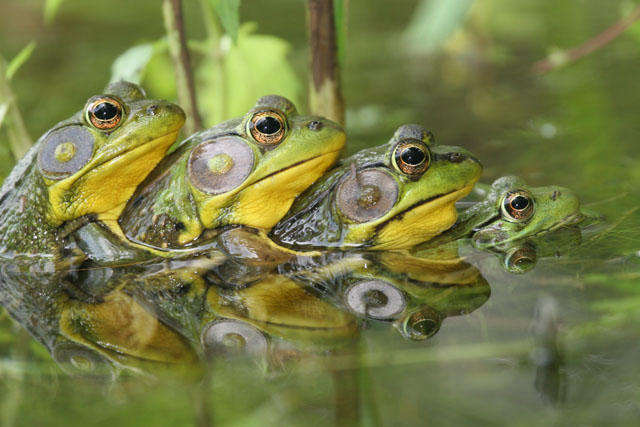
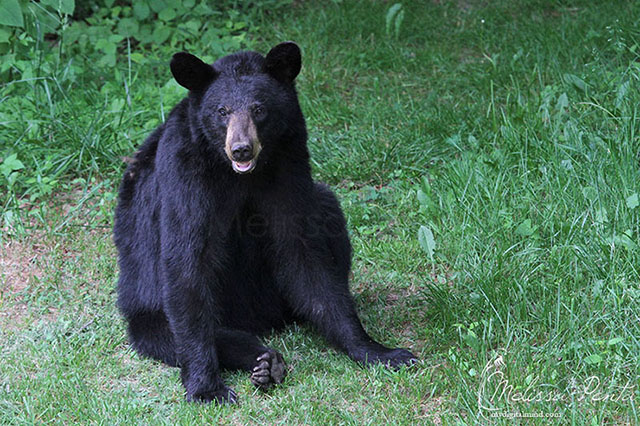
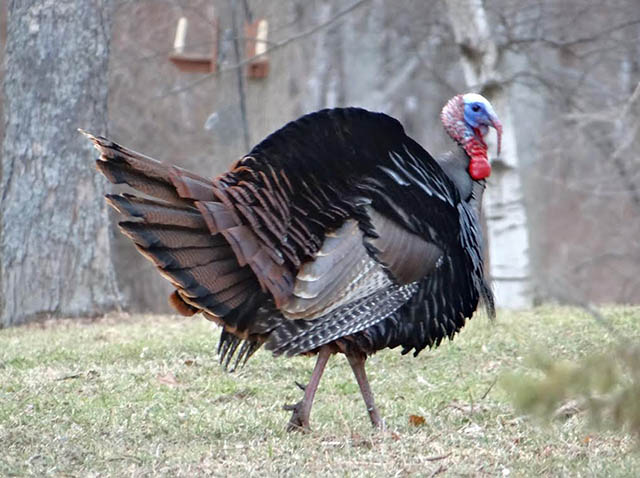
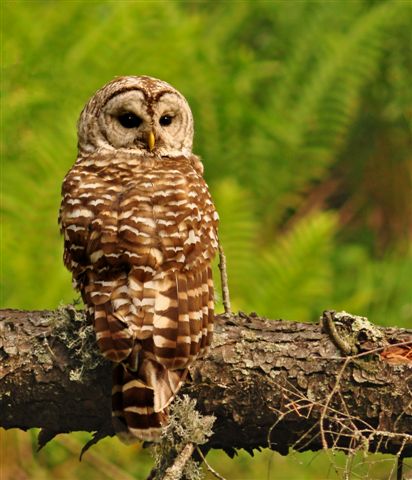
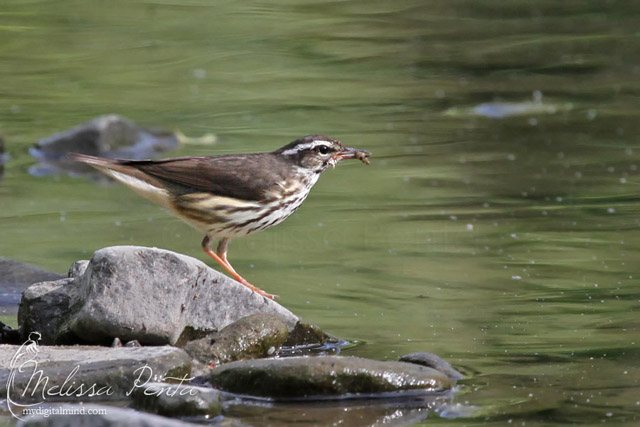
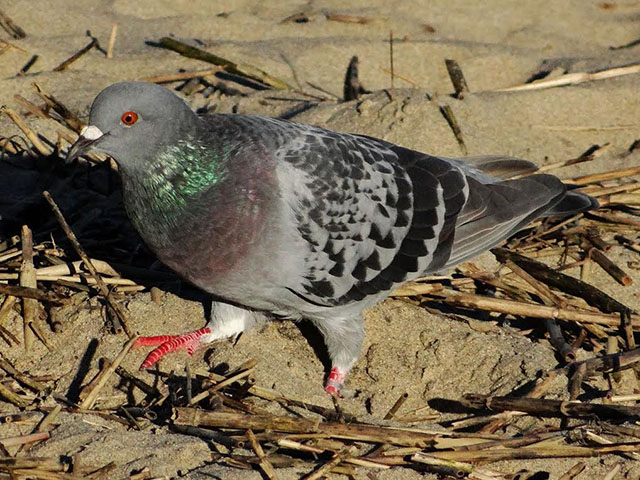
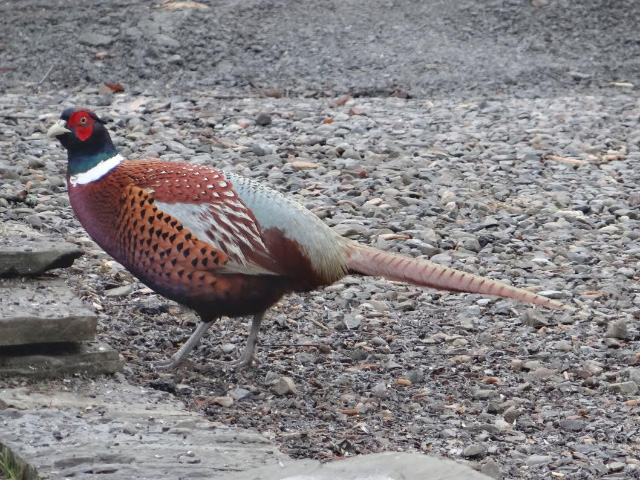
Comments are closed.